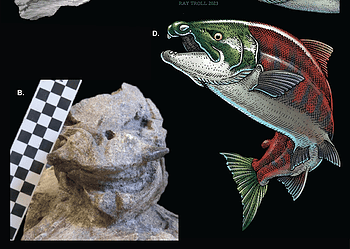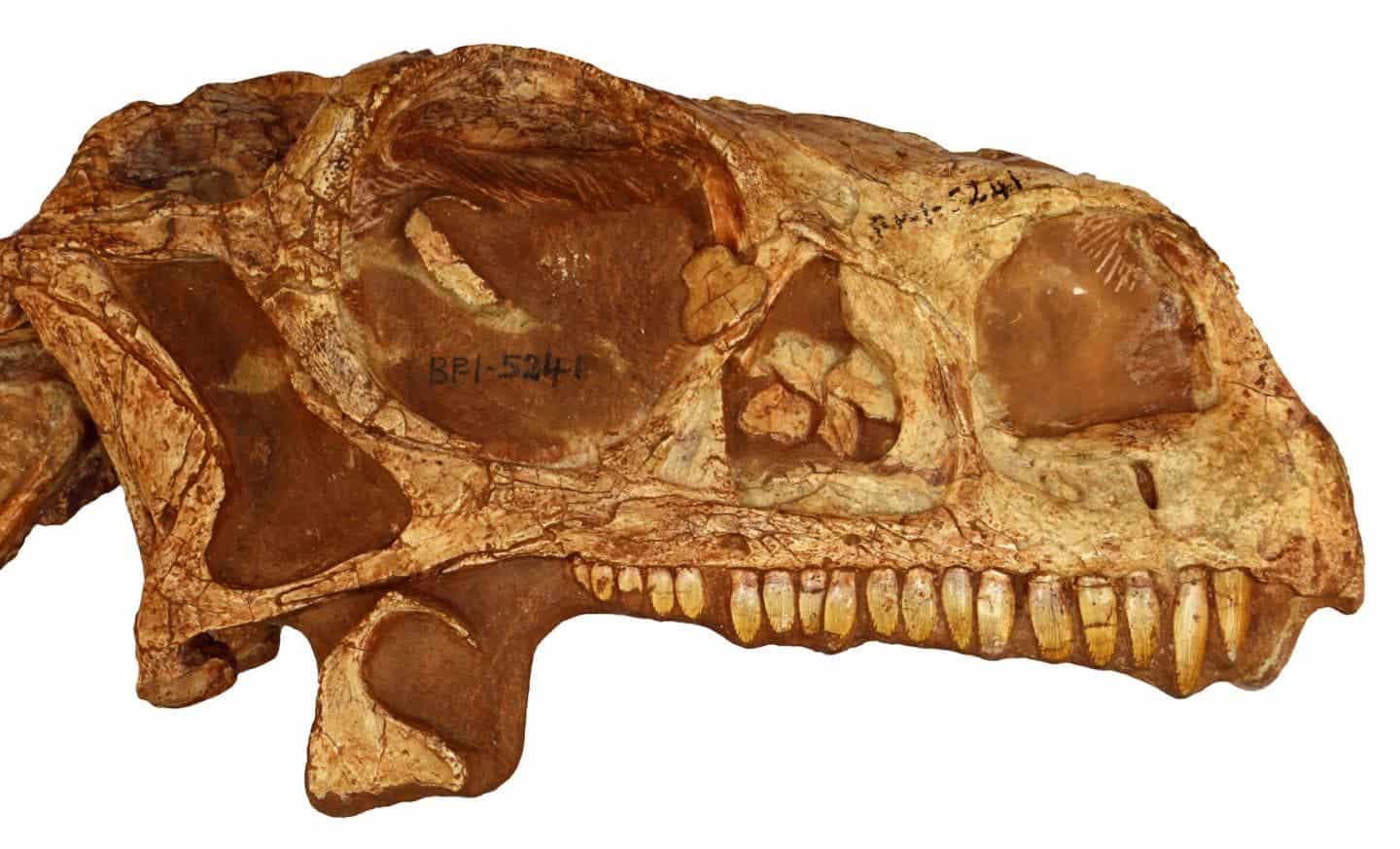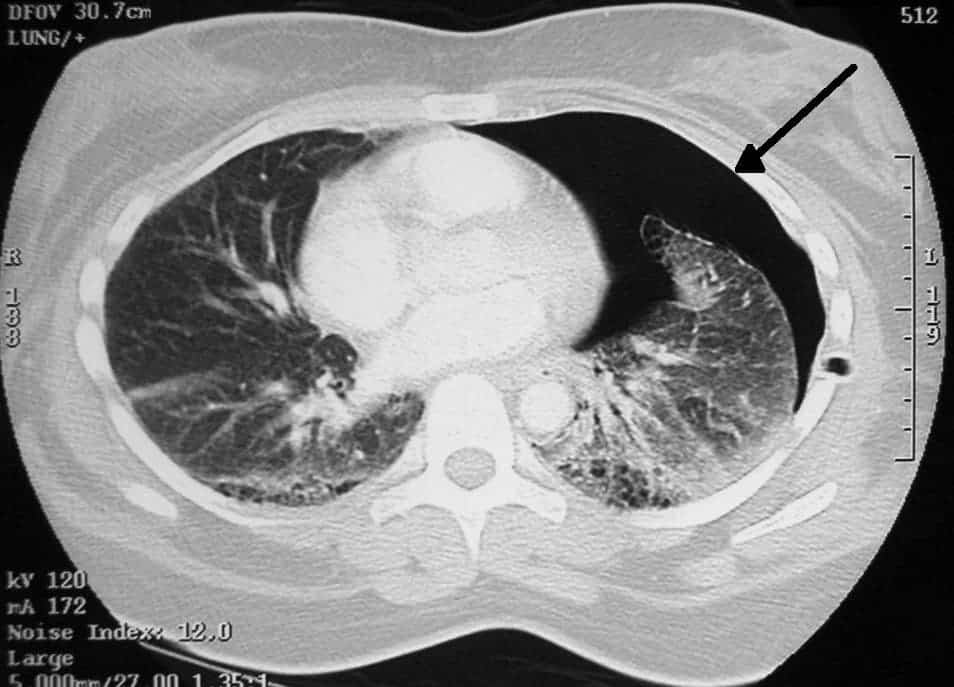We usually think of walnuts as a healthy snack or a delightful addition to a salad. But there’s an intricate world that exists beneath their rugged shells. Thanks to recent advancements in imaging technology, scientists can peer inside these humble nuts, revealing a complex internal architecture that could have significant implications for agriculture, nutrition, and even materials science.
The internal geometry of a walnut is strikingly complex. Encased within their hard exteriors lies a labyrinth of chambers and partitions, evolved through natural selection to protect and nurture the seed embryo. This intricate structure has long intrigued botanists and food scientists, but traditional methods of examination were limited to destructive techniques—literally cracking the nut open.
Enter computed tomography (CT) scanning, a non-invasive imaging technology commonly used in medical diagnostics. By adapting this technology for botanical research, scientists can now explore the walnut’s interior in unprecedented detail without damaging the specimen. It’s eerily hypnotic.
A CT for a nut
CT scanning works by taking multiple X-ray images from different angles around an object. These images are then reconstructed by a computer to create a three-dimensional model. In the case of walnuts, the dense shell and the softer kernel inside absorb X-rays differently, allowing for clear differentiation between the two in the final images.

Scientists carried out CT scans of walnuts on several occasions, but recently, walnuts have been coined as datasets for machine learning applications given their natural inter-population variability. The authors of a recent study emphasize the utility of scanning walnuts not just for the walnuts themselves, but as a valuable dataset.
Beyond basic scientific curiosity, CT scanning of walnuts could have practical applications in agriculture. If the technique becomes cheap and affordable enough, farmers and producers could use this technology for quality control, identifying internal defects such as mold growth or insect infestation that are not visible externally. Early detection of such issues can prevent entire batches of walnuts from being compromised, ensuring a higher quality product reaches consumers.
In addition, understanding the internal structure of walnuts can aid in developing better storage and packaging solutions. By knowing how moisture and air interact within the shell, producers can devise methods to extend shelf life and maintain nutritional value, although the practicality of this approach is yet to be confirmed.
Ultimately, the CT scan of a walnut may seem like a niche application of advanced technology, but it exemplifies the profound insights that can be gained when science looks beyond the obvious. By delving into the hidden structures of everyday objects, we not only satisfy our curiosity but also open doors to innovations that can impact agriculture, nutrition, and various scientific fields.






